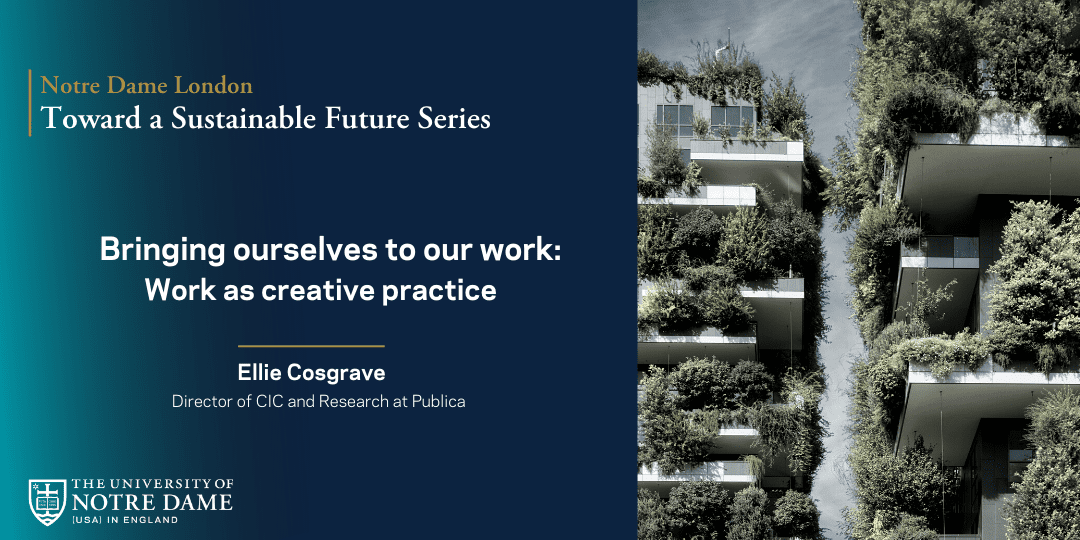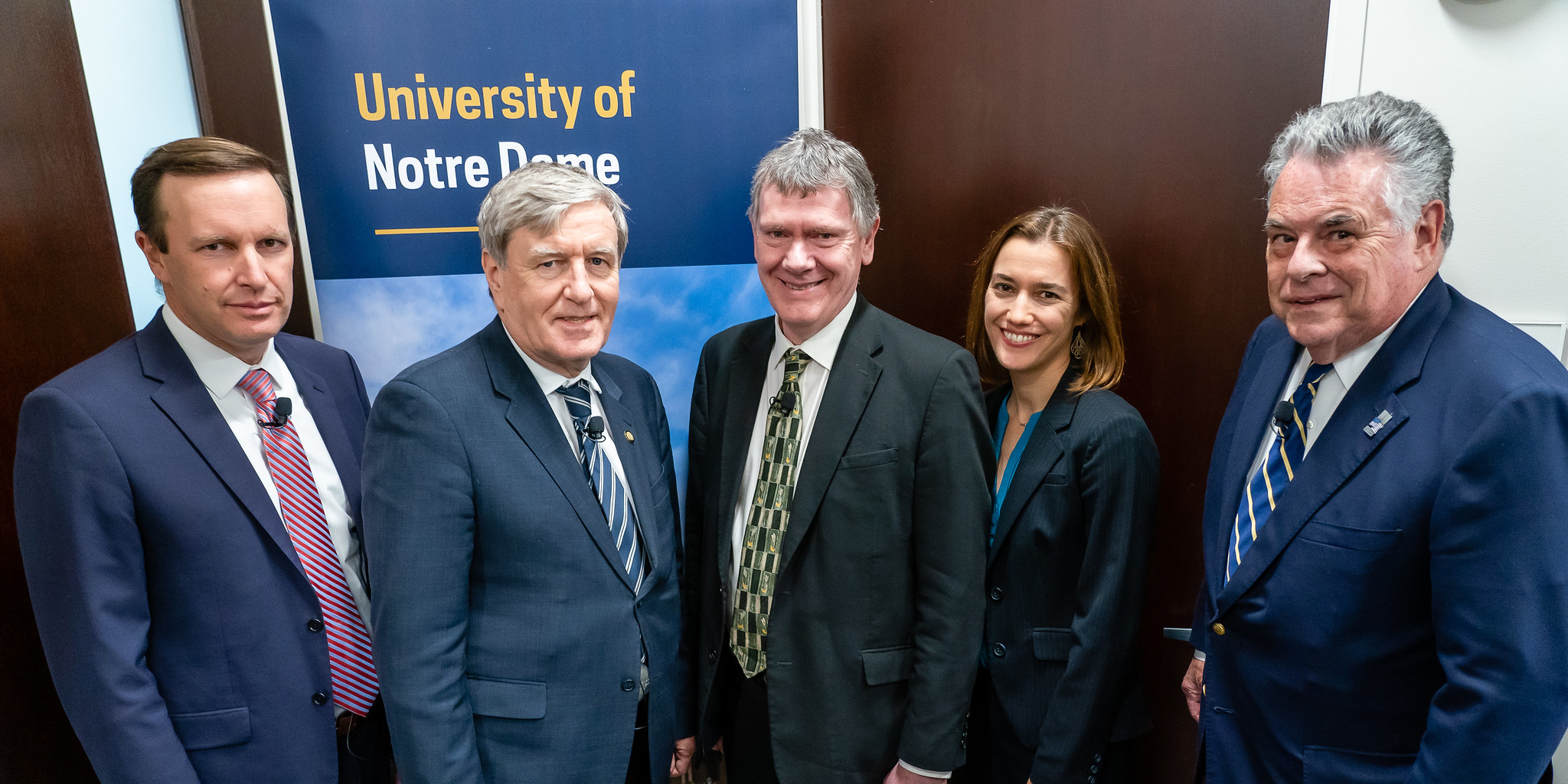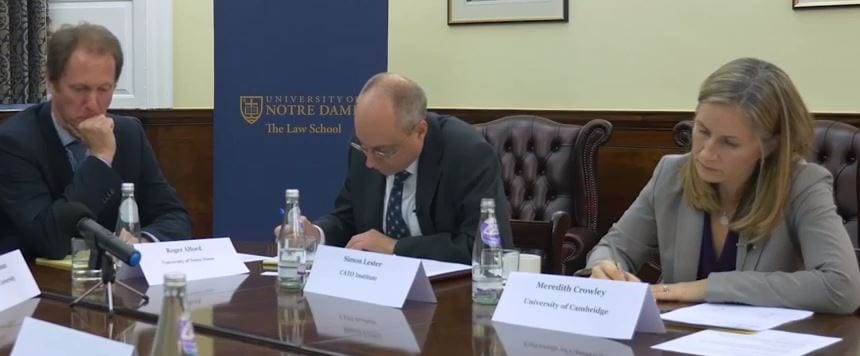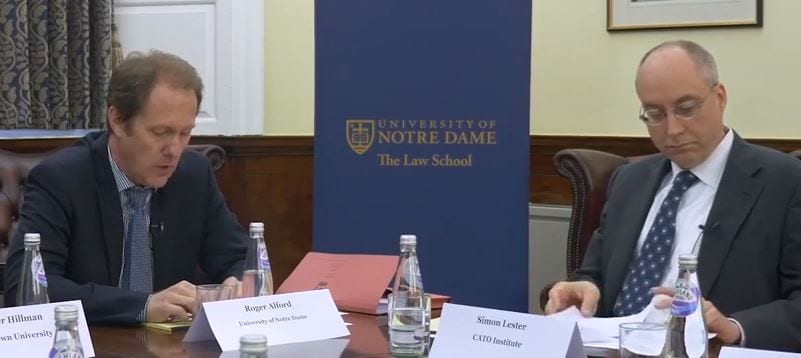The fifth event in the Worsening Water Crisis series on ThinkND was moderated by Rev. James Lies, C.S.C., senior director for academic initiatives and partnerships for the University of Notre Dame London Global Gateway with special guests, Fay Stevens, archaeologist and award-winning lecturer and researcher, and Gustav Milne, Project Leader, CITiZAN. This event focused on the archaeological discoveries and research of the Thames River in London.
Milne kicked off his presentation by describing the geography of the Thames. Today, the Thames is constricted by an artificial river wall to protect the city from floods caused by rising water levels. Geologists and archaeologists who have studied the river have proved that water levels have progressively risen based on their research. Archaeologists have discovered tree remains now submerged in water that have been dated as 3,000 years old, meaning there used to be dry land where there is now water. Milne said that water levels were rising gradually, but have accelerated within the last century. In order to keep up with rising water levels, the flood walls along the Thames have had to be built higher to properly protect the city. Today, archaeologists can date where water levels used to be at a given time and compare to where they are now.
Stevens added that the Thames is a historical site within the city of London. Water is a sacred resource and is crucial to everyday life. She believes it needs to be protected as a monument would. During the question and answer session, Stevens and Milne both agreed that the erosion of the Thames is because of climate change. Milne suggested that the best way to protect the Thames is through natural adaptation, meaning we are working to protect the river with nature, not against it.
Visit the event page for more.








